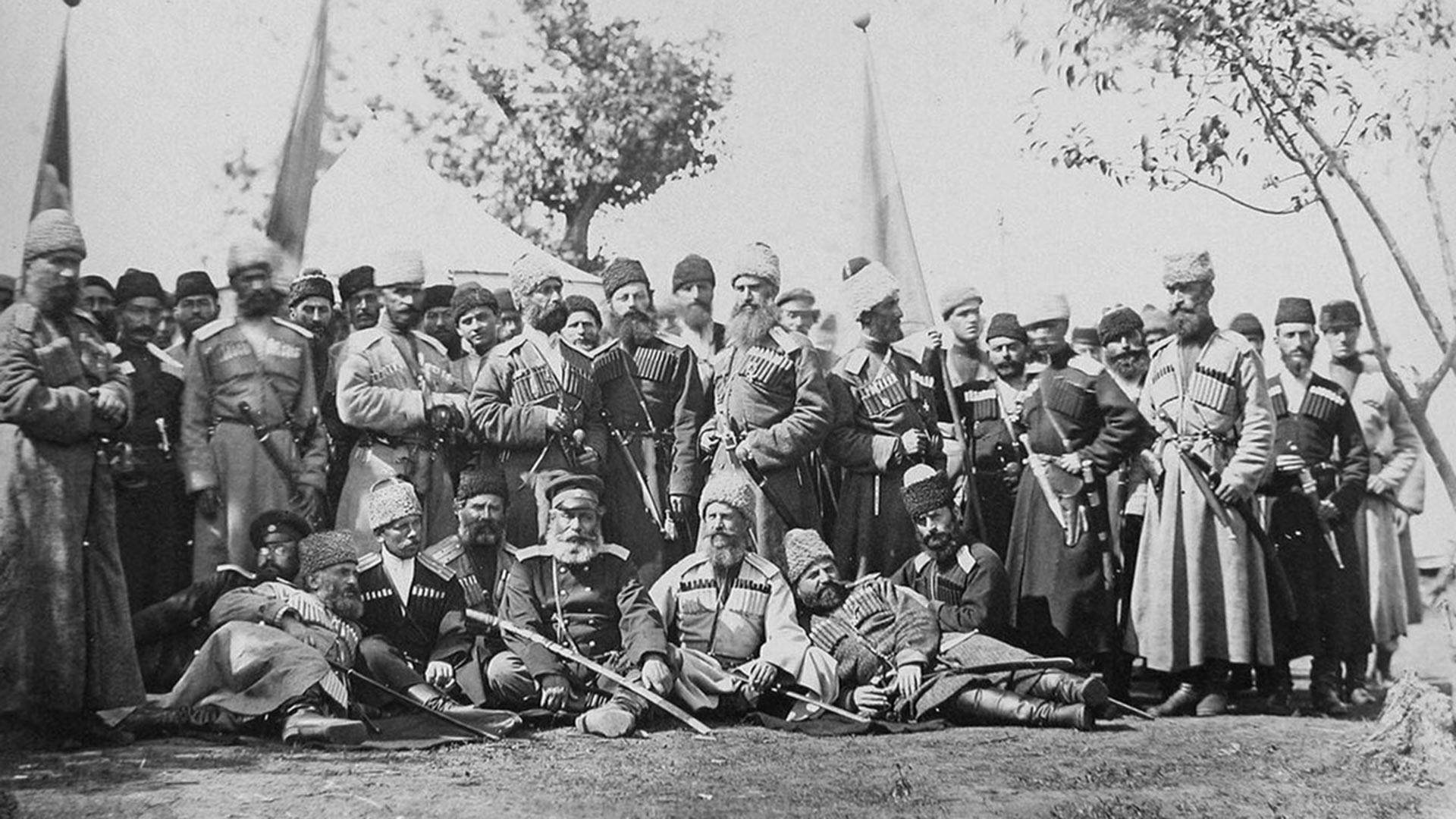
Iran had no plans of joining in World War I. The country, which had been weakened by domestic political strife, economic problems, endless rebellions and troubles, hoped to remain on the sidelines of the conflict between the Entente and the Central Powers.
However, Iran’s strategic position was too important for the warring sides to accommodate its desire for neutrality. The strong influence that Russia and Great Britain had there was not something that the Ottoman and German empires, which wanted to oust their rivals from the region, were prepared to countenance for long.
Istanbul was mostly concerned by the presence of Russian troops in the northwestern part of Iran (the so-called “Iranian Azerbaijan”). They had been deployed there by the tsar to protect Russian subjects during a civil war in Iran in 1909 and, despite repeated appeals from the Iranian government, still remained there by the time WWI broke out. In October 1914, the Turks officially notified the Iranians that, under these circumstances, it would not be able to respect their neutrality.
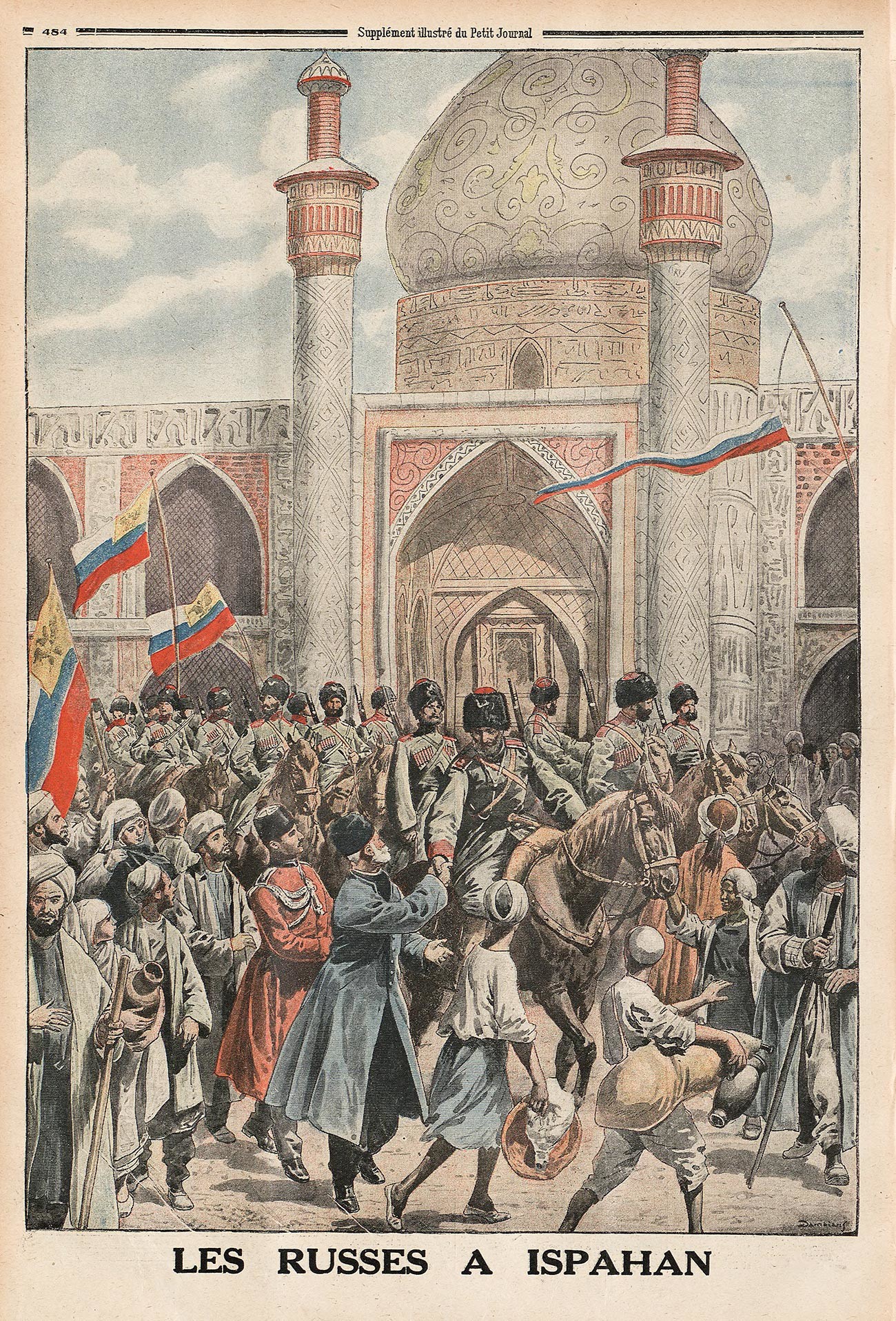
Russian troops in Isfahan.
Public DomainHaving joined in the war on November 2, the Ottoman Empire led hostilities against Russia, not only in the Caucasus, but also in Persia. In early 1915, the Turks managed to capture most of the province with its capital in Tabriz. Thus, the enemy could secure direct access to oil fields in Azerbaijan, which was part of the Russian Empire at the time.
Realizing the danger, the Russians almost immediately launched a counteroffensive, forcing the Turkish troops to retreat. The parties switched to trench warfare, while Iran was forced to adopt a wait-and-see attitude, not entering into confrontation on either side.
Having failed to achieve military success, the Turks (together with the Germans) focused on propaganda and espionage efforts instead. They began to stir up anti-Russian and anti-British sentiments among the local population, calling Iranians to a “holy war” against the two empires oppressing their country and urging them to fight for liberation from the two empires’ “tutelage”. Turkish and German intelligence officers, caravans with weapons and ammunition began to secretly enter the country and contacts began to be established with Shia clergy and leaders of local tribes.
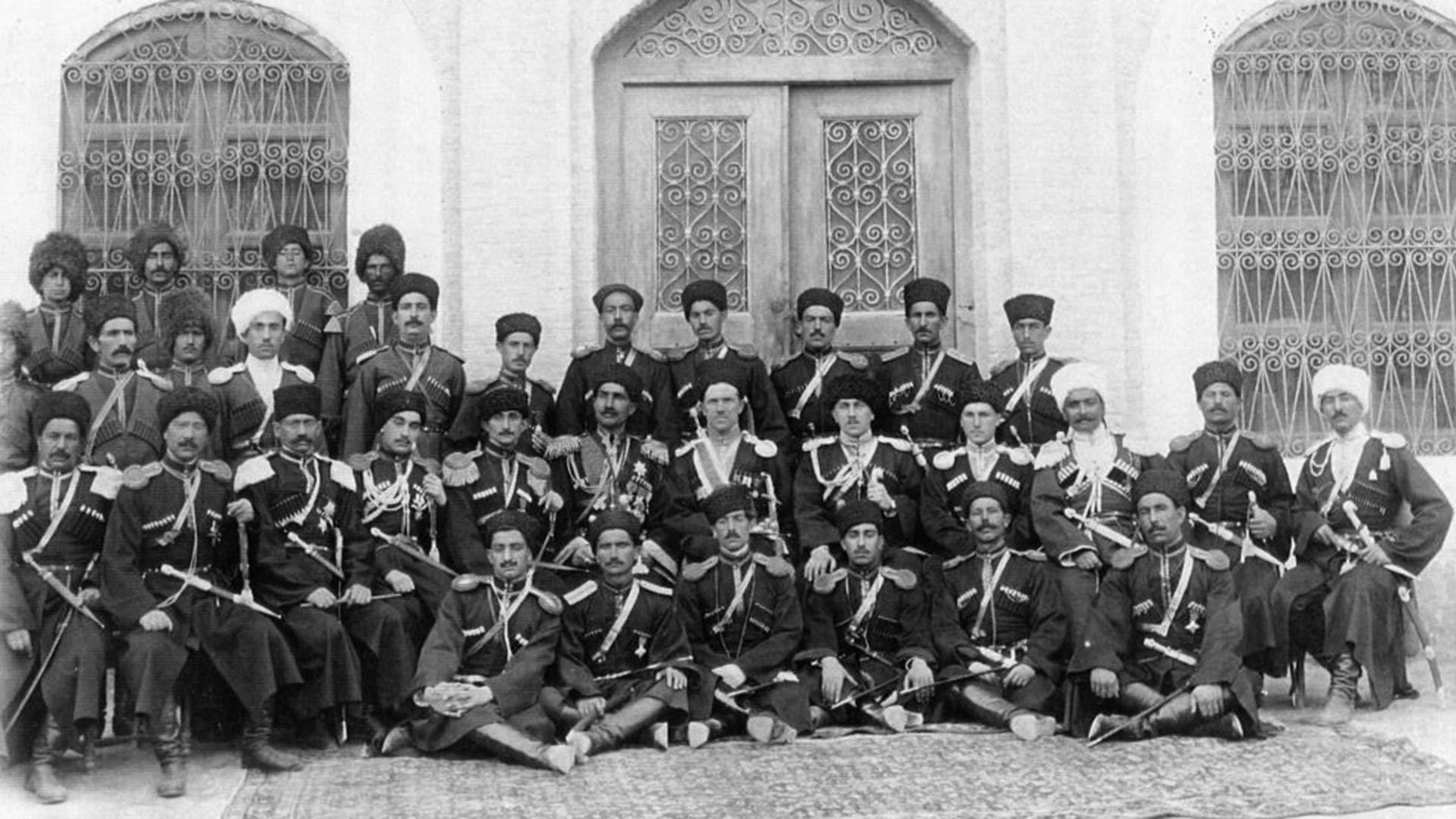
Persian Cossack Division.
Public DomainThe Germans’ main lever of influence in Iran were local gendarmerie units, created by the Shah on the European model with the help of Sweden. Except that the Swedish officers commanding them had before the war been recruited by the Germans as their agents. Interestingly, there was a counterbalance to the gendarmes in the form of Persian Cossack detachments, established with Russia’s involvement and subordinated to Russian officers serving the Shah.
The intelligence services of the Central Powers were also active in the south of Iran, where Her Majesty’s troops landed in October 1914. The British justified this violation of Iran’s neutrality by the desire to protect the oil fields of the Anglo-Persian Oil Company, in which the British government held a majority stake.
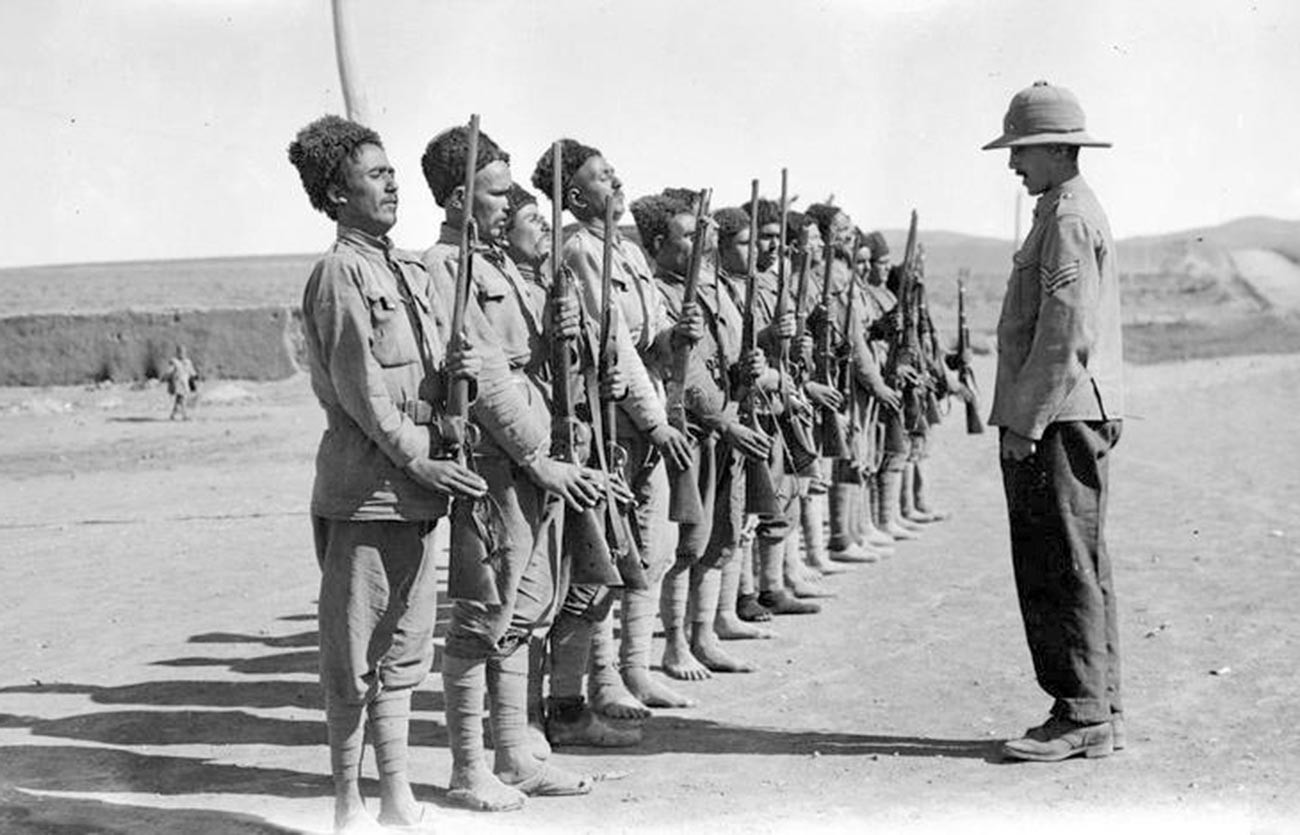
British troops in Hamedan.
Public DomainAs a result of the activities of German and Turkish agents, the influence of the Central Powers in Iran increased significantly. Guerrilla and sabotage detachments were set up under their guidance. The gendarmerie openly sided with the opponents of the Entente and clashed with Persian Cossacks. The Ottoman Empire, having already violated Iran’s neutrality, nevertheless did not dare to launch a full-scale invasion. Istanbul and Berlin tried to persuade the Shah to come to their side by diplomatic pressure and through their agents in the country’s government.
A surge in anti-British and anti-Russian sentiments indicated that this hope could soon come true. As Alexei Yemelyanov, a Russian officer who was in Persia at the time, recalled that during their sermons local mullahs often said: “The Sunni Turks have already raised their sword against the cross... Shias, it is your turn now! Enslaved peoples have one friend - the German people... Islam has a defender before Allah – the Prophet, and on this sinful earth - the German emperor.”
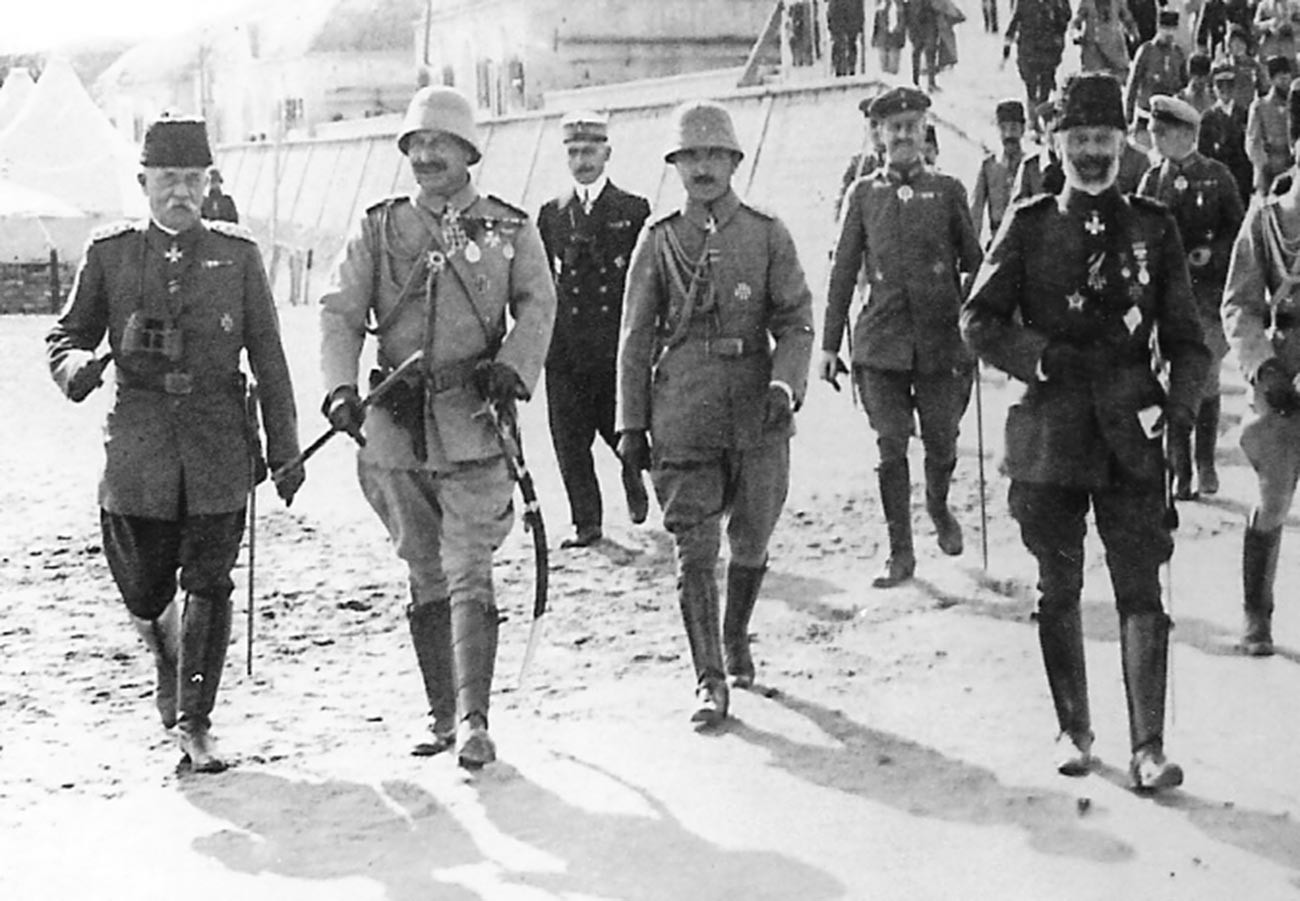
From left: German admiral (in Ottoman uniform) Guido von Usedom, Emperor Wilhelm II., Enver Pasha, Vice admiral Johannes Merten.
Public DomainFor Berlin and Istanbul, recruiting Iran to its side was just the beginning. By sending their agents and military detachments to Afghanistan and northwestern India, they sought to kindle the flame of a national liberation war there, to rally local Muslims to a fight against the infidels.
Having realized that through Turkish and German efforts, a huge region could flare up like a match, the Allies began to act. In October 1915, a Russian expeditionary force led by General Nikolai Baratov landed in the Iranian port of Anzali on the Caspian Sea - about 8,000 troops with 20 guns.

General Nikolai Baratov.
Public DomainThe Russian corps made swift progress to the south of the country, destroying units of the Persian gendarmerie, pro-German and pro-Turkish forces. Lacking a numerical advantage (gendarmes alone numbered over 7,000 people), the Russian force made up for it with speed and the element of surprise. The Shah still maintained neutrality, but should he have decided (or was forced) to declare war on the Entente, Baratov was ordered to “occupy Tehran in order to consolidate Russia’s political position in Persia”.
In December 1915, the Khorasan detachment of 1,000 troops entered Iran from the Central Asian part of the Russian Empire. Having joined forces with the British troops, they were tasked with catching and eliminating German-Turkish detachments that were trying to break through to Afghanistan.
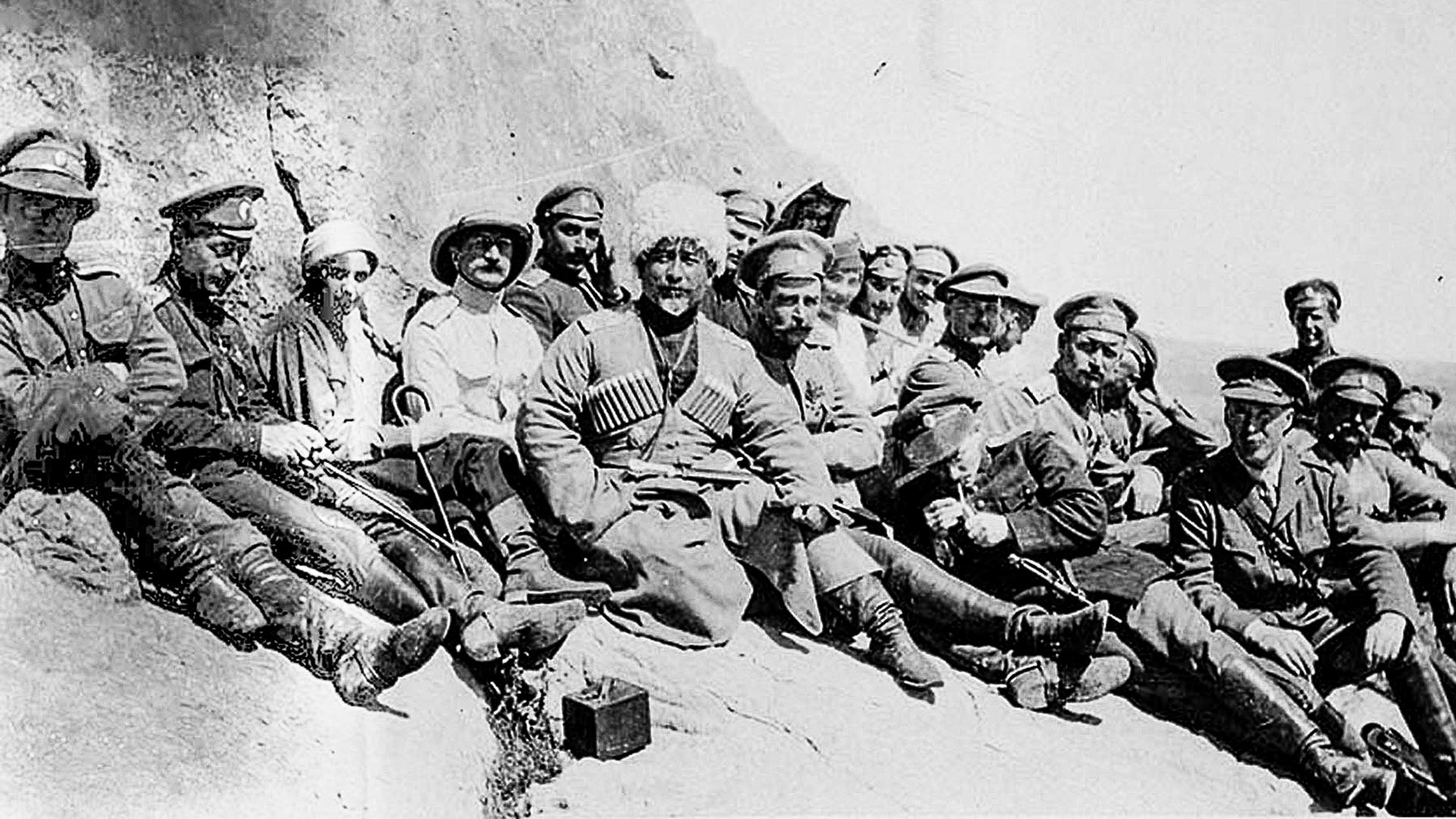
General Baratov, Russian and British officers.
Public DomainBy the spring of 1916, the main pro-German and pro-Turkish forces in Iran were either destroyed or forced into Ottoman territory. Baratov’s corps entered Mesopotamia (Iraq), which belonged to the Ottoman Empire, to join the British forces there. At the request of the Allies, who were under strong pressure from the Turkish troops near Baghdad, Baratov sent a detachment of 100 men led by Vasily Gamaliy to make their way behind enemy lines. Having covered a distance of over 1,000 km in unbearable heat, they managed to divert the enemy’s attention, which allowed the British to gain time and bring up reinforcements.
In November 1916, the Russian troops rescued the regime of the Iranian ruler, Ahmad Shah Qajar, when an uprising against his rule began in Tehran. Throughout it, the Shah was hiding inside the Russian embassy.
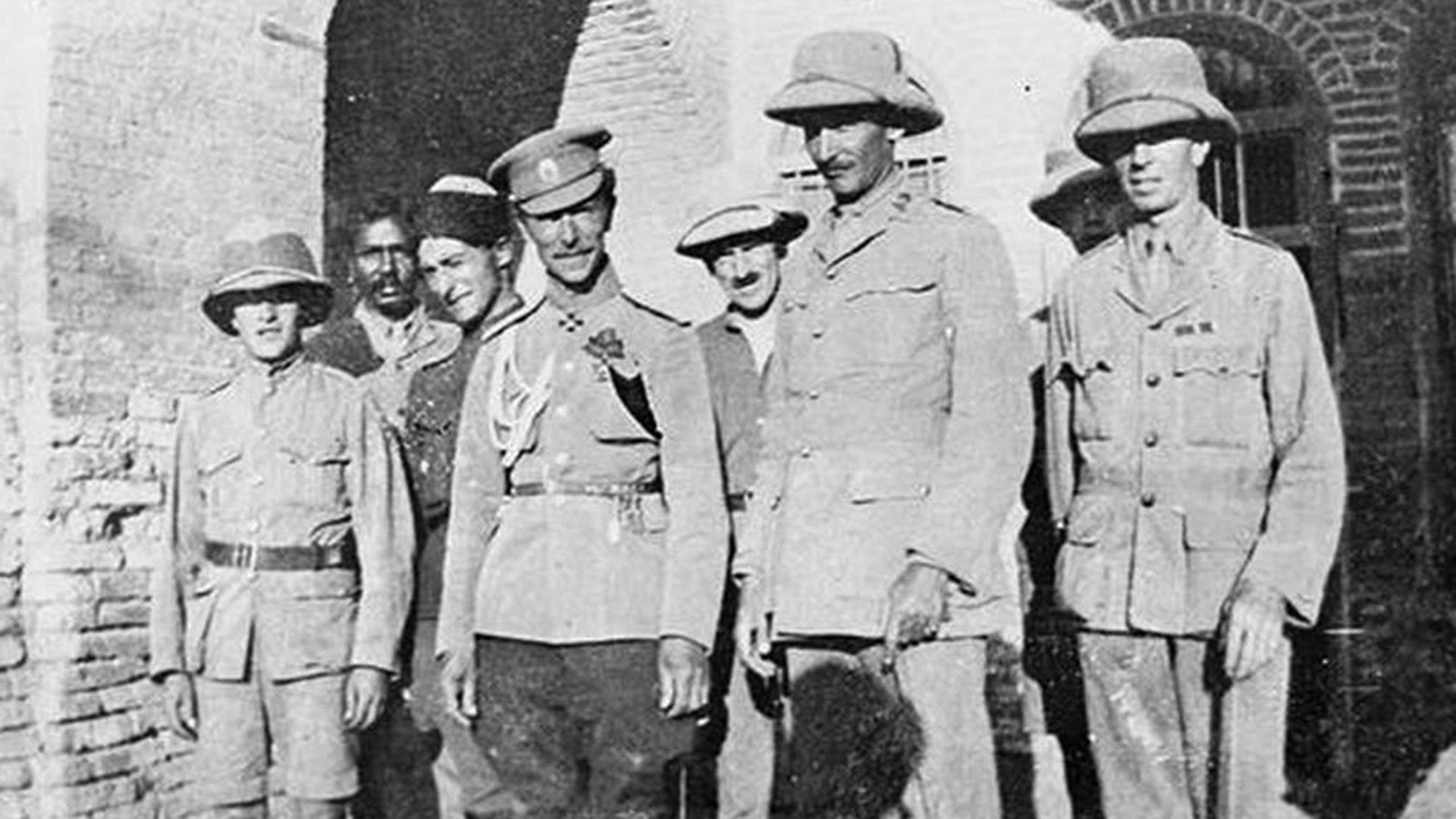
Russian and British officers in Mesopotamia, 1916.
Public DomainIn 1917, the Russian expeditionary force was supposed to take part in a joint campaign with the British against Mosul, but the February Revolution that broke out in Russia cancelled those plans.
The so-called “democratization of the army” (abolition of the principle of unity of command) launched by the new government led to a swift disintegration of the Russian army, which affected Baratov’s soldiers in Persia, too. After the Bolshevik Revolution and the country’s withdrawal from the war, there were no Russian troops left in the region.
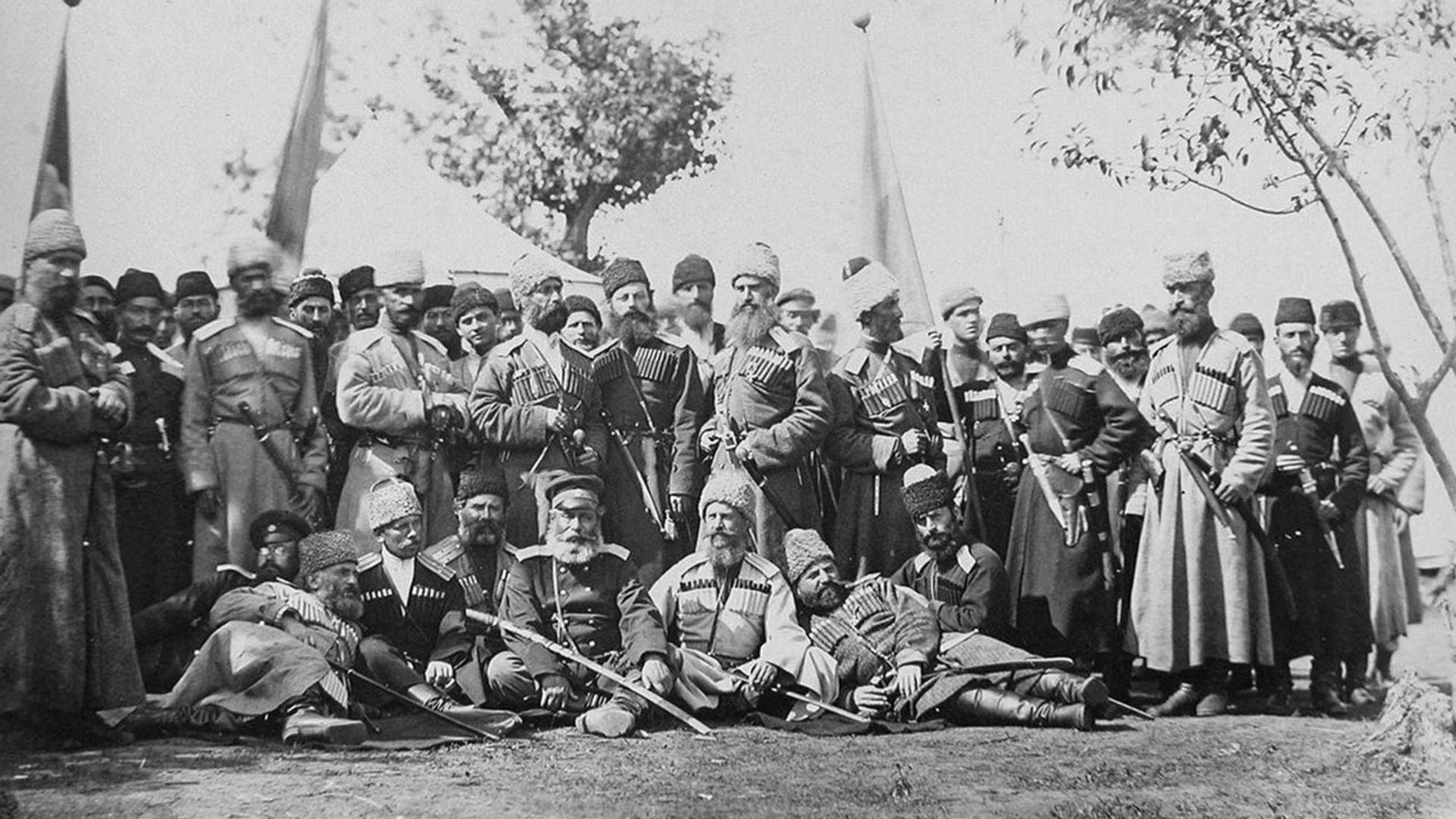
1st Caucasus Cossack Division.
Public DomainAfter Russia lost all its influence in Iran, the only significant foreign power left there was Great Britain. Soon, its garrisons appeared even in the northern part of the country, which had once been in the Russian sphere of interests.
In 1920, (already Soviet) Russia returned to Iran. Having landed in the port of Anzali and defeated the British troops stationed there, the Bolsheviks helped an uprising that had broken out against the Shah’s rule in the hope of turning Iran into a socialist country. However, the gamble did not pay off.
A little over 20 years later, Russia and Britain were once again acting as allies in Iran. During World War II, in August and September 1941, the two states jointly carried out ‘Operation Countenance’, as a result of which they temporarily occupied part of the country and overthrew the pro-German shah, Reza Pahlavi.
If using any of Russia Beyond's content, partly or in full, always provide an active hyperlink to the original material.
Subscribe
to our newsletter!
Get the week's best stories straight to your inbox